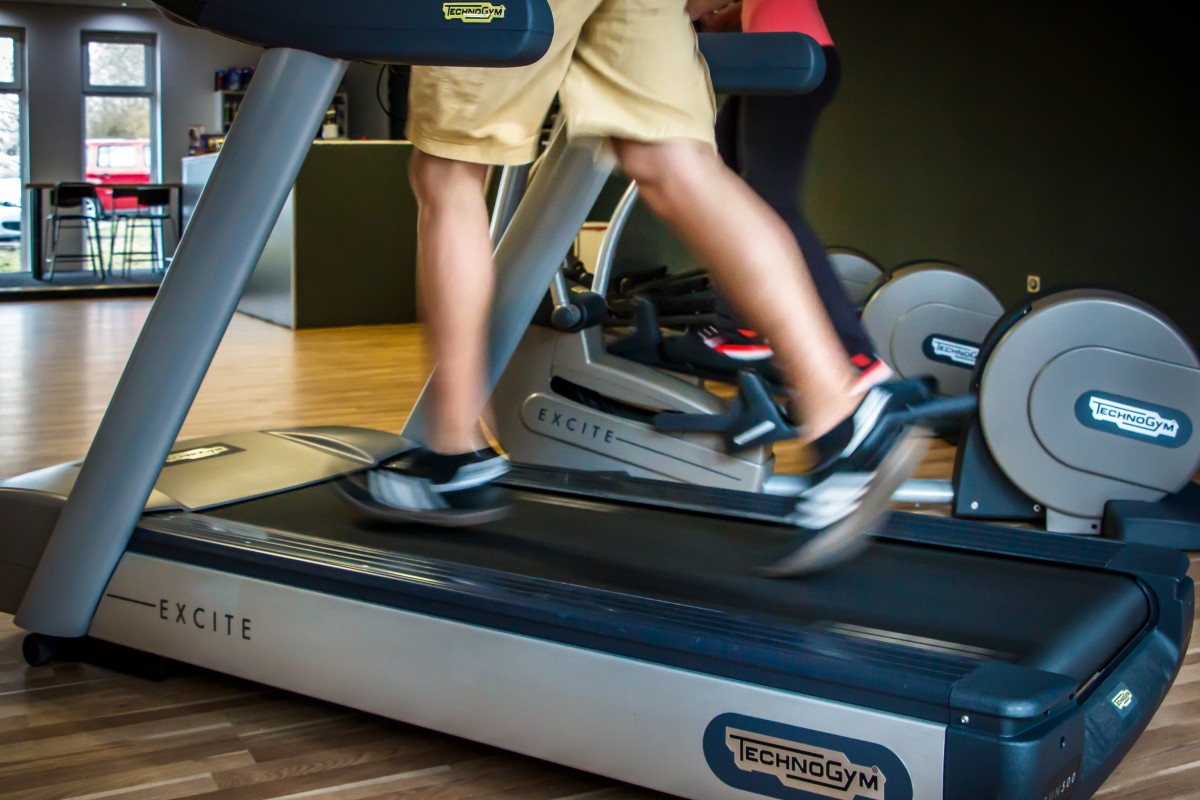May 1, 2018When to Tread
The high speed treadmill allows coaches to teach running mechanics and body position at specific velocities, inclinations, and time, which can help athletes progressively enhance performance. Though it has come under a lot of scrutiny, Dan Hutchison of Stack.com argues that it offers athletes a safe and effective way to train.
Hutchison breaks down the various criticisms of high speed treadmill training, and explains why many of them are unwarranted.
To start, many have claimed that the moving belt makes running on a treadmill completely different than running on solid ground. But Hutchison counters that the kinematics, ground-reaction forces, and metabolic cost of locomotion are nearly indistinguishable. As long as a treadmill is not damaged, it should emit the same forces and physiological adaptations to the body as ground-based running.
Similarly, the treadmill allows runners to mimic what it’s like to run on an incline. This is practically the same as running up a hill of the same incline outside, but has the added benefit of being able to adjust incline when needed, and it creates a safe way for athletes to push themselves at different speeds and times.
Hutchison also argues that high speed treadmill training is similar to resistance training with lower body movements, such as the back squat or power clean. These movements as well as treadmill training both improve muscle force and power. Treadmill training is just another way to activate and strengthen the same areas of the lower body.
High speed treadmill training also allows coaches and athletes to easily track speed improvements through raw miles per hour and duration at a particular velocity. Most treadmills also calculate total work performed and power outputs per bout and training session. In addition, it’s easier for athletes to make sure they work within a “True Velocity Training Zone,” which is between 80 and 90 percent of maximum velocity.
As Hutchison mentioned, using the incline features adds a speed-strength component, which he says increases muscle activation in the correct mechanical sequence, prevents over-striding, and eliminates excessive braking forces. Since running on a treadmill requires less braking forces when compared to running on flat ground, athletes can increase the frequency of training.
Running is a major part of many sports, which means high speed treadmill training can be a valuable part of many strength and conditioning programs. Its use may vary based on the sport and time of year, but it is especially useful for building lower body strength, teaching running mechanics, and improving fitness. One rule of thumb that Hutchison says to keep in mind is that as you increase the incline elevation, you should proportionally decrease time spent on the treadmill. This will help athletes achieve the goal of keeping their running velocity as high as possible without losing control or breaking proper mechanics.




